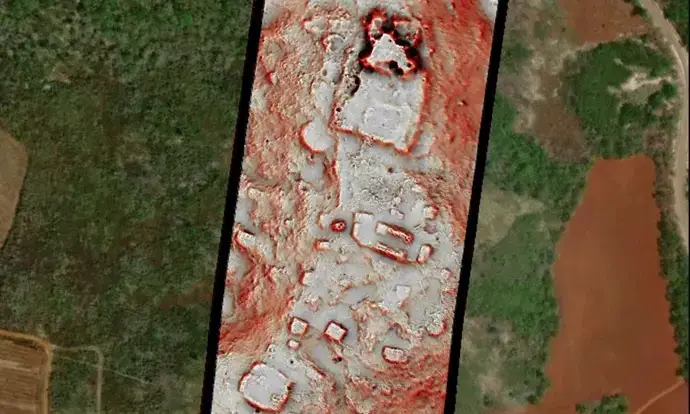Thousands of new Mayan ruins have been discovered in Mexico using lidar survey data and satellite images. The analysis revealed 6,674 new structures, including pyramids similar to those found at Chichén Itzá or Tikal. This discovery has expanded our understanding of the Mayan civilization.
Archaeologists had previously studied only a small area of the Mayan world, but lidar technology has allowed them to scan large areas from an office, revealing anomalies in the landscape that often turn out to be pyramids and other Mayan infrastructure. However, the use of lidar surveys is expensive, making it difficult for researchers to secure funding.
Lead author Luke Auld-Thomas of North Arizona University proposed using existing lidar data from a consortium focused on measuring carbon in Mexico’s forests. The 2013 survey covered an area that had never been studied by archaeologists. By analyzing this data, the team discovered a dense and diverse array of Mayan settlements, including an entire city.
This finding has significant implications for our understanding of the Mayan civilization. It challenges the idea that we have already found everything and suggests that there is still much to discover. Future research will focus on fieldwork at the newly discovered sites, which could provide valuable insights into ancient urban life and help solve modern problems facing urban development.
The discovery also highlights the importance of interdisciplinary collaboration between archaeologists, ecologists, and civil engineers. The use of lidar surveys in ecology and forestry has led to the creation of existing data that can be repurposed for archaeological research. This approach could have far-reaching implications for our understanding of human history and our ability to address modern environmental and social challenges.
In conclusion, the discovery of thousands of new Mayan ruins in Mexico using lidar survey data and satellite images has expanded our understanding of the Mayan civilization. The analysis reveals a diverse array of settlements, including an entire city, challenging the idea that we have already found everything. Future research will focus on fieldwork at the newly discovered sites, which could provide valuable insights into ancient urban life and help solve modern problems facing urban development.
Source: Europapress






